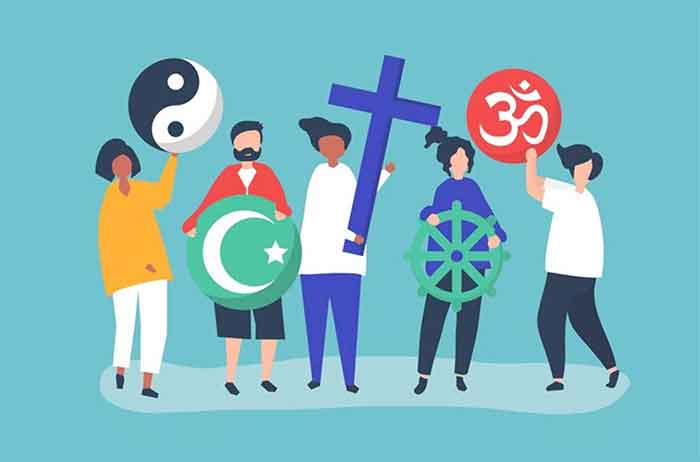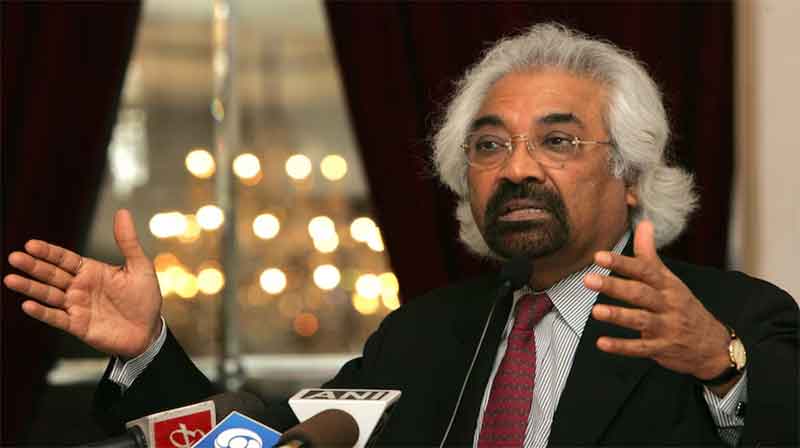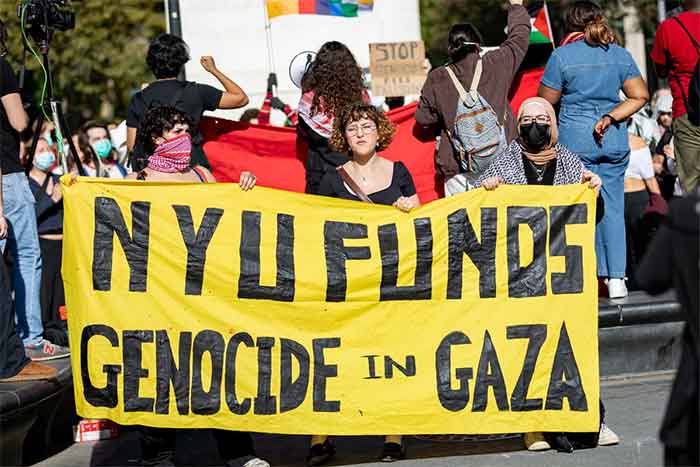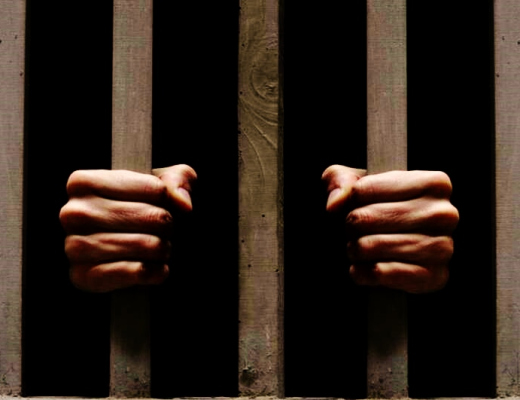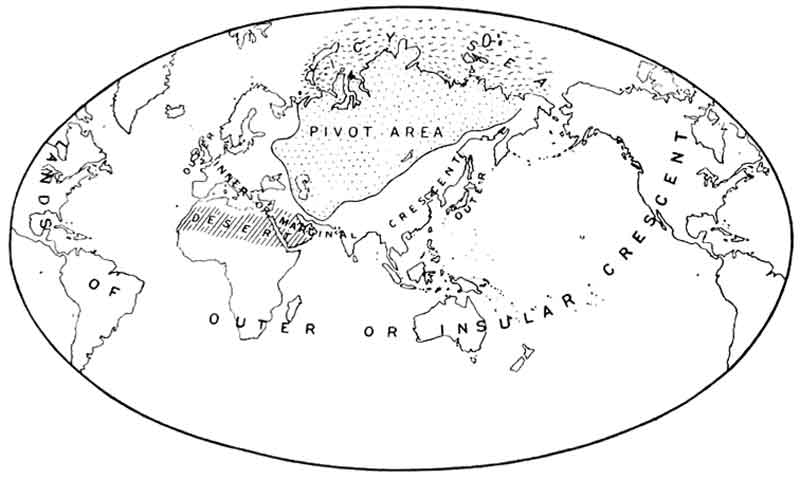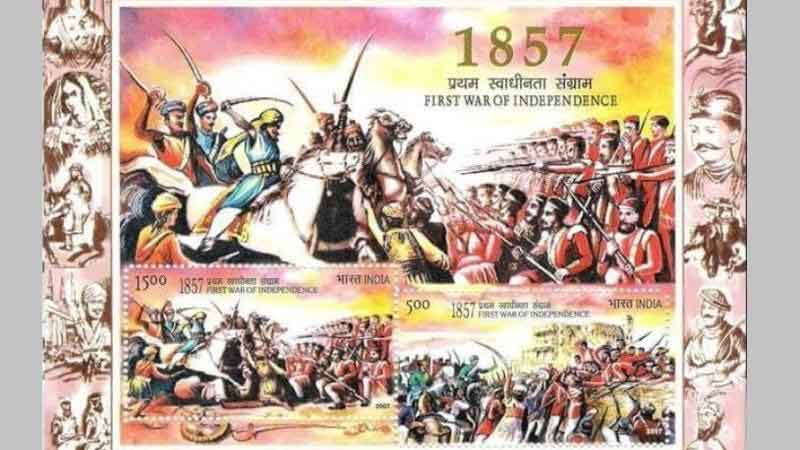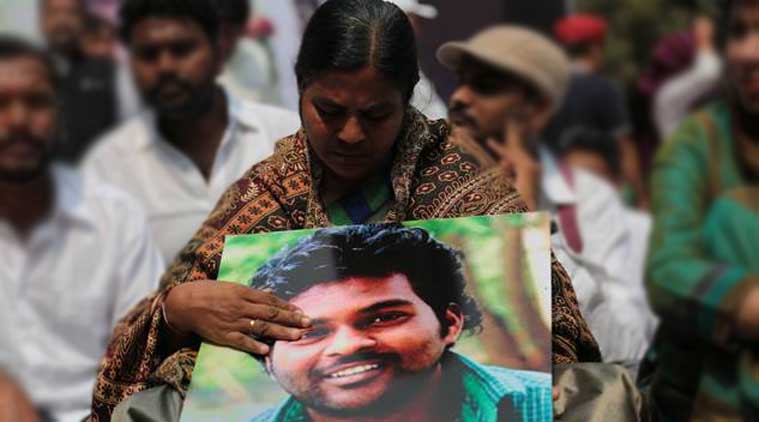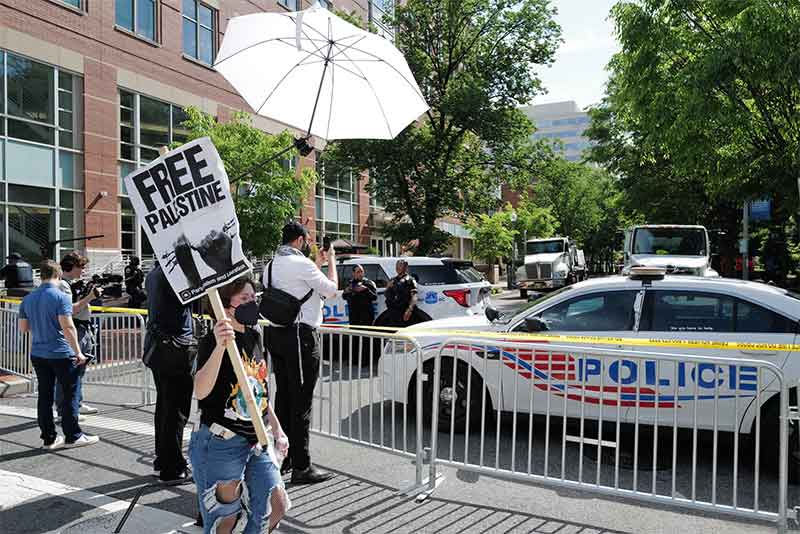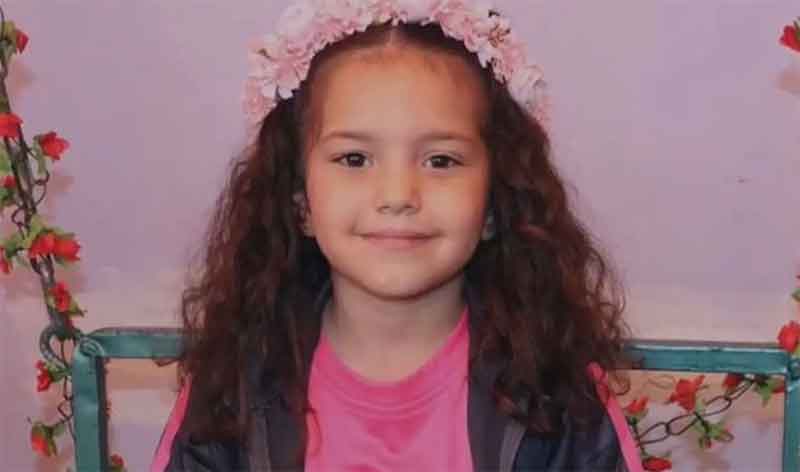Written by Hemanty Tudu and Vidhyam

Introduction
Communal harmony has barely been upheld in recent Indian history. It is always one issue or the other that gets attached to religion and then the communal terrorism commences. Kashmir, Ayodhya, mob lynching, elections, these all had their fair share in creating tensions in the name of religion. It is high time we realize the manipulations the common people are being subjected to by those in power and those in opposition too. The real problems that are plaguing this country like poverty, increasing income inequalities, natural disasters, this pandemic, corruption; all get overshadowed by the trivial matters and the corrupt media chasing their ratings never sheds light on the real issues.
Ever since Prime Minister Narendra Modi’s government passed amendments to India’s citizenship law in December 2019, there has been fear and panic around the country about its potential effects. Quickly, the panic instilled by the law led to protests from hundreds of thousands of people all over the nation demanding the laws to be rolled back.
As the elections were soon going to be held in Delhi, these protests and the law became a major political rhetoric. Later as some protesters decided to occupy the roads was when the Bhim Army called for a national strike. BJP politician Kapil Mishra led a rally of supporters against the former protesters. With rising tensions between the both groups, few hours later violence galloped over the nation’s capital. Muslim houses, commercial shops and masjids were singled out and torched. This violence lasted for more than 3 days and stray incidents continues to happen till date.
This violence was clearly communal in nature. Victims from both the sides suffered property loss, personal loss and were a subject of mental trauma. If the reports are to be believed, the protesters included outsiders from other states who were called up by the perpetrators to disrupt communal harmony. There were many cases of communal riots in recent Indian history, most of them directly or indirectly affected the electoral outcomes.
In this article, we try and explore the major incidences of communal violence in Indian history, the reasons behind them, the consequences and effective steps that can be taken to curb the same.
The History
Let us take a glance at some major communal riots that damaged the fibre of unity, spread hate, violence and disrupted the communal harmony in the country.
Anti-Sikh riots (1984): The Anti-Sikh riots of 1984 refers to the series of violent acts against the Sikh community in Delhi and other parts of the country which resulted in more than 10,000 deaths across the country. Operation Bluestar, a military operation against the militants occupying the Golden temple was at the core of these riots. This military action was criticised by Sikhs all over the country as they believed it was against their religion. The riots started after the then PM of India, Indira Gandhi was assassinated by her bodyguards who were from the Sikh community. Riots spread across the country and Delhi was at the core of the violent acts. People watched with terrors as their houses were burnt and several thousands were displaced during the riots. Many leaders from Congress were believed to be behind the riots and several were booked by CBI. Later the case was closed against several due to lack of evidence.
Demolition of Babri masjid (1992): It has been 28 years since the nation was engulfed by the hate rage following violence against many innocent people. Babri masjid demolition remains as the direct or indirect cause of many communal clashes that occurred in the past 3 decades. On the ill-fated day of December 6, 1992, a huge group of protesters named “Kar Sevaks” engulfed the town, climbed on top of the masjid and demolished it to the ground. The Hindu majority group believed that the masjid was built on the sacred ground where Lord Shri Ram was born and the Mughals had destroyed the temple that stood on the ground and built a masjid afterwards. The events that followed resulted in the deaths of thousands of people, mostly Muslims. Hindu and Muslim communities across the country clashed, and innocent people who were caught amidst the rage of protesters had suffered huge losses. Whatever the history behind the temple and masjid was, future of many was destroyed in these riots. In the end it was a result of political parties using religion to gather mass support.
Bombay riots (1992): After the demolition of Babri masjid, communal riots occurred all over the country. Hindus organized rallies in celebration. These events aggravated the sentiments of Muslims and what followed is an absolute tragedy which will permanently stain the Indian communal harmony forever. Bombay became the epicentre of the riots. Nearly 900 people were killed, and several thousands were displaced in the weeks following. Several children and women were among the victims. The riots were considered to be orchestrated by Shiv Sena.
Apart from these, several communal clashes had occurred all over the country in the past decade including Muzaffarnagar riots, Saharanpur riots, Coimbatore riots and the latest Bangalore riots of 2020.
Causes of Communal Divide
Communal unrest in India is often attributed to religious differences between the two major religious groups namely the Hindus and the Muslims. However, this line of thought severely underplays the involvement of communal violence by and against other groups based on caste, religion, region etc. Some academicians ascribe the origin of communal violence in India to be the divide-and-rule policy of the British. Others blame it on the economic deprivation caused by the government’s policies post-independence. The selective capitalistic development approach has benefitted certain sections of the society creating a divide between the flourished and the impoverished ultimately giving rise to social anxieties and social tensions. Communal riots can be viewed as a path to vent out the frustration between the two social strata. Scholars have thus attributed the cause of communal violence in India to different factors including social, religious, political, historical, geographical, economic, historical etc. Few major reasons have been explored below:
The Past: The Divide and Rule policy of the Britishers ultimately led to Jinnah’s Two Nation Theory. The Britishers were successful in sowing the seed of communalism by creating a feeling of mistrust between the various communities, ultimately leading to the formation of India as a Hindu and Pakistan as a Muslim Nation. Even though the Indian government has been strongly promoting the idea of secularism, the fear still keeps trickling down from the remains of history.
Communal Politics: Religion is expressed in the ideology of a number of so called secular political parties. The Islamic League, Jamaat, Hindu Mahasabha, Akali Dal and Vishwa Hindu Parishad are directly or indirectly responsible for the rise of communalism. Electoral benefits linked to candidacy based on the communal composition of the constituency have further fuelled this thought in the society. Vote bank politics by instigating communal riots is what we have been recently witnessing in the country.
Clash of the Ideologies: After Pakistan was carved out of India, Indian Muslims have considered themselves as being a separate entity. This tendency of isolation has led to Islamic extremism creating a psychological separation promoting communal tensions in the society. On the other hand, the idea of Hindutva promoting Hindu communalism and opposing minority protection policies have also been instrumental in worsening the communal ties. Ghar Wapsi, Hindu-Muslim riots in Muzzafarnagar, Dadri lynching, ethnic clashes over disputed Nagaland-Assam borders, burning down of churches in Delhi etc. are few other examples of clashes of the religious ideologies. These ideologies being encouraged by religious leaders have further created a turf war between these communities.
Resource Crunch: As the availability of natural resources is declining due to a rapidly increasing population, there is also a growing demand for control of the available resources at the hands of different populations.
Poverty: As explained earlier, the economic deprivation has led to poverty, backwardness, illiteracy, ignorance and unemployment. Communal forces have been instigating and exploiting the unemployed youth, making them the breeding ground for communalism by feeding on their vulnerabilities.
Growing Intolerance: The social insecurities arising out of poverty and mistrust between communities have led to growing intolerance in the society. Cow vigilantism against Muslims and attacks on religious or marginalised minorities especially Dalits have created an atmosphere of fear and insecurity. Lack of credible investigation done by the government on groups claiming to support the government has compounded the fear.
Foreign Influences: India’s two biggest neighbours China and Pakistan have been relying on the communal forces to make the nation weak internally. Pakistan, backed by Chinese funding, has been actively supporting Muslim terrorists in Jammu & Kashmir and communal provocation in Punjab. Foreign funding especially from the Gulf to promote Muslim ideologies in the country have also aggravated the ill-feeling between the two major communities.
The Media: Irresponsible reporting by the Indian media for TRPs is not surprising either. Presenting hearsays, rumours, biased and sensitive reports on national television increases animosity between the communities where one feels threatened while the other feels victimised.
Inclination of the Government: The tendency of the government of siding with their own has raised questions on their intent. The silence of the ruling party on communal issues involving its own people and on irresponsible statements promoting Hindu supremacy by their representatives is alarming. The Modi government for example has been criticised for taking decisions appeasing the RSS. The neutral stance of the government on issues such as these questions their take on secularism.
Failure of the Government: Both the state and central governments have been taking ineffective measures in curbing communalism. The approach has always been reactive rather than being proactive. The post-Godhra riots in Gujarat reflects the inefficiency and inability of the government in controlling communal riots. The perpetuation of communalism has been triggered by the lack of rapid, preventive and successful actions.
The Consequences
The common man is the greatest sufferer of all being inevitably caught in the loop of communal violence. There is an unavoidable loss of life and public property. There are economic repercussions to communal violence as well. An atmosphere of animosity dissuades foreign investors to set up businesses in the country. Lawlessness exploited by divisive forces increases the risk to internal security. Large scale deployment of security forces to handle anti-social elements not only diverts the government funds from achieving development goals but can also lead to human rights violations, something which we are witnessing in the state of Jammu & Kashmir.
Handling Communal Violence
India proudly calls itself a democracy and a secular state but the tendency of the past and current governments in downplaying the rise in incidences of communal violence calls in to question whether all of it is simply vote bank politics.
- Efforts should be made to enlighten the citizens to identify and discourage participation in the activities promoted by the communal forces
- Security forces should be physically and emotionally trained to handle sensitive situations
- Accountability in the administration handling incidences of communal violence should be reinforced
- Violations of the press without breaching the freedom of speech and expressions should be strictly dealt with
- Use of licensed weapons should be effectively regulated and ceased as a preventive measure prior to increasing communal tension
- Fair investigation of any communal incident should be carried out
- Proactive stock of required items likes medicines, soaps, blankets, food, water etc. should be maintained. Emergency funds should be maintained to ensure supply post riots.
- The state should ensure protection of the identities of informers, victims and witnesses
- Election Commission should be watchful of hate and provocative speeches by parliamentary leaders
- Cyber police should be vigilant of spread of communal tensions via provocative content over the internet especially on social media
References
- Najar, M. (2014). Communal Violence, Its Causes and Solutions. Ijhssi.org. Retrieved 24 December 2020, from http://www.ijhssi.org/papers/v3(12)/Version-1/B0312010507.pdf
- Chahal, C. (2020). The Causes, Consequences and Steps to Handle Communal Violence. Olivegreens.co.in. Retrieved from https://www.olivegreens.co.in/blog/the-causes-consequences-and-steps-to-handle-communal-violence
- Mondal, P. Communal Violence: Concept, Features, Incidence and Causes. Your Article Library. Retrieved from https://www.yourarticlelibrary.com/society/communal-violence-concept-features-incidence-and-causes/3923
Hemanty Tudu and Vidhyam Harish are students of IIM Ahmedabad
SIGN UP FOR COUNTERCURRENTS DAILY NEWSLETTER




